'Something Has to Be Done': Life Along Madison's Starkweather Creek, One of Wisconsin's Most Polluted Waterways
Among the contaminants of concern in a creek draining the east side of Madison is PFAS, a hazardous chemicals that's being flagged in locations across Wisconsin.
Wisconsin Watch
October 7, 2021 • South Central Region
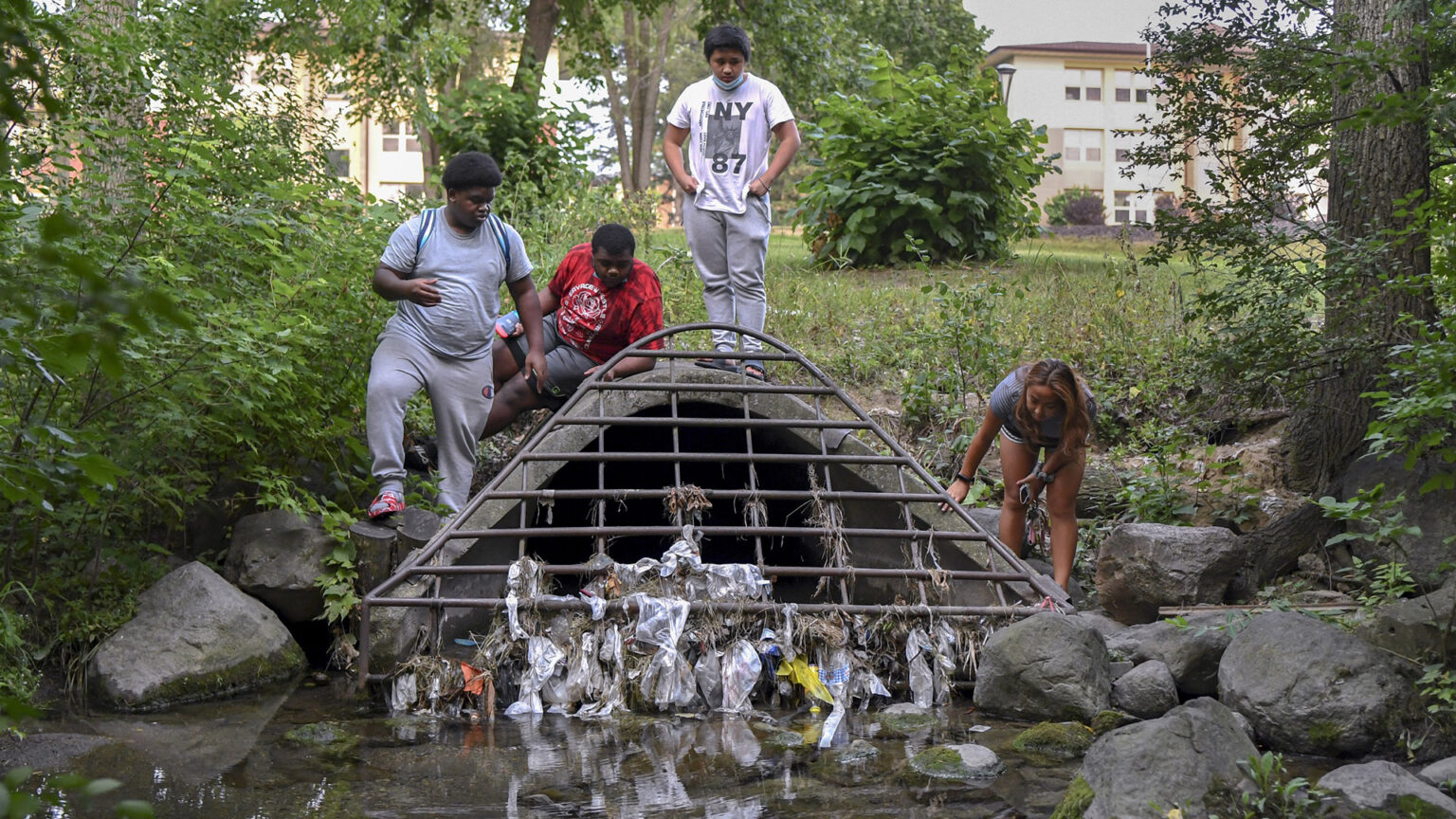
From left, Truax neighborhood teenagers Mack Rimson, 18, Elijah Smith, 16, James Xiong, 15, and Pau Xiong, 19, stand on a storm drain near Starkweather Creek in Madison. The teens learned about the creek's contamination by working with Maria Powell, executive director of the Midwest Environmental Justice Organization, a Madison-based nonprofit. Xiong recalls examining the creek when she was in elementary school. "We would walk to the creek to get samples — to see all the organisms grow. But there weren't any organisms, because they were all dead," she says. The teens want to see more urgency from public officials to clean up the creek. "No one takes action because it's in a low-income neighborhood," says Xiong. "Of course, no one is going to care about that because it is [people of color]. It's poor people here." Says Smith: "I think the way we can fix it is by spreading the word out ... making people aware that there's contaminated water." (Credit: Isaac Wasserman / Wisconsin Watch)

By Isaac Wasserman, Wisconsin Watch
Carnetta Galvin and Melody Homesly stood on Galvin’s porch holding glasses of wine on an August evening. It was Galvin’s birthday, and the best friends’ laughter reverberated from their corner of the brick apartment and into the streets of the Darbo-Worthington neighborhood in Madison.
Across the street, tall grass surrounded a stagnant body of water that runs parallel to Galvin’s apartment building before fading into the distance beneath bridges and busy streets. That’s Starkweather Creek, historically fed by springs that have since disappeared or dramatically weakened. East and west branches of the creek wander through northeast Madison — including through the diverse Darbo-Worthington and Truax neighborhoods — before emptying into Lake Monona.
Starkweather Creek is not a source of drinking water, but it’s a critical recreation artery and habitat.
Galvin, who has lived near the creek for 16 years, did not know that it contains some of Wisconsin’s most polluted waters until a reporter told her. Nor had she heard of PFAS, the group of human-made chemicals that are drawing particular concerns surrounding the creek and across Wisconsin.
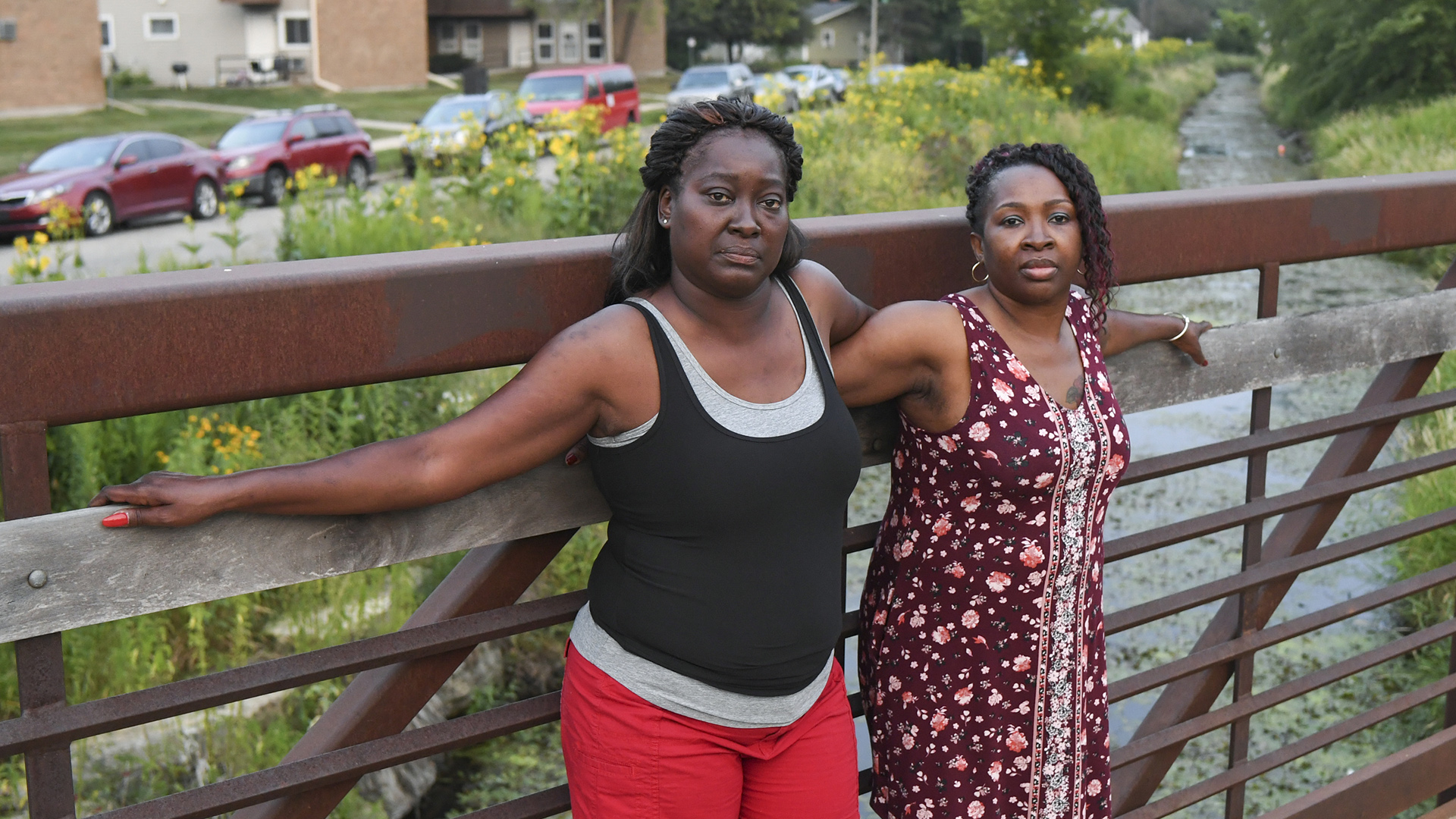
Melody Homesly, left, and Carnetta Galvin stand on a bridge that crosses Starkweather Creek near Galvin’s home of 16 years in the Darbo-Worthington neighborhood of Madison. Galvin says she was not initially aware that the creek contained high levels of PFAS, the group of hazardous, human-made chemicals that are drawing concerns across Wisconsin. “I feel disappointed and sad about not knowing what is affecting our health,” Galvin says. Homesly, Galvin’s longtime friend, says government leaders and those responsible for the pollution should clean it up. “Treat it like they would treat it if it was in their neighborhood and in their family and their kids’ health,” Homesly says. “Since it is right around poor and low-income —they are just sweeping it under the rug. Something has to be done immediately.” Photo taken on Aug. 3, 2021. (Credit: Isaac Wasserman / Wisconsin Watch)
Shorthand for per- and polyfluoroalkyl substances, PFAS are a nationwide scourge and sometimes called “forever chemicals” because of how they accumulate in the body and persist in the environment without fully breaking down. Since the 1950s, companies have used PFAS to manufacture everything from cookware with non-stick coatings to food packaging and firefighting foam. Research has linked the substances to low birth weights, immune system challenges, thyroid problems, certain cancers and more. PFAS are poorly absorbed through skin, but they are hazardous to ingest — whether by consuming contaminated water, fish or foods packaged in materials containing PFAS.
In 2019, Starkweather Creek contained higher levels of PFOA and PFOS — two more scrutinized types of PFAS — than any other waters the Department of Natural Resources tested that year. At the creek’s Fair Oaks Avenue crossing, the DNR detected levels of PFOS at 270 parts per trillion and PFOA at 43 ppt.
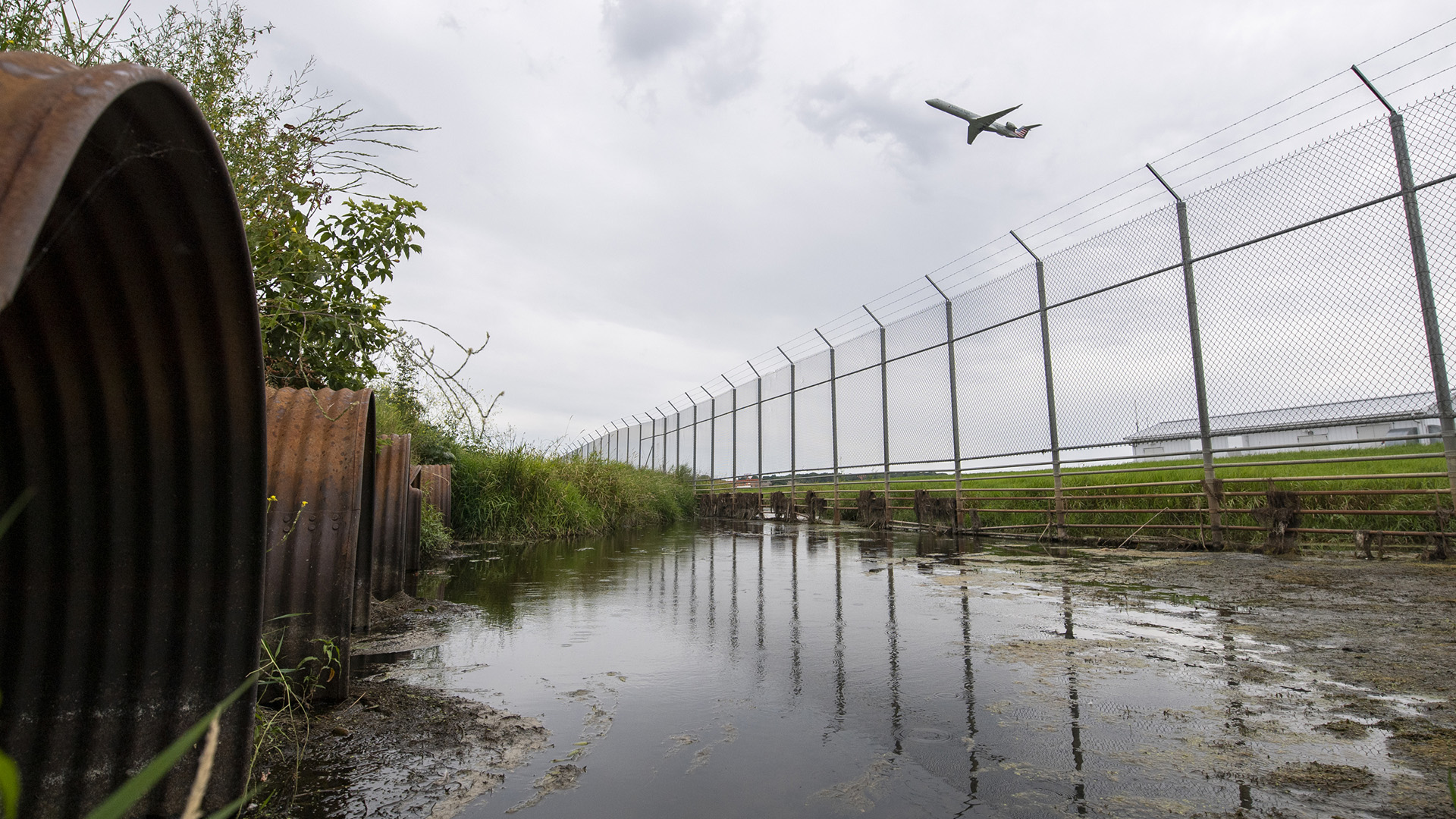
An airplane takes off near the site where Starkweather Creek exits Truax Field Air National Guard Base and flows through pipes that feed the water downstream toward Lake Monona in Madison. In 2019, the creek contained higher levels of PFOA and PFOS — two more scrutinized types of hazardous PFAS — than any other waters the Department of Natural Resources tested that year. Photo taken on Aug. 5, 2021. (Credit: Isaac Wasserman / Wisconsin Watch)
How much PFAS is considered dangerous? That’s complicated. During years of federal inaction, a few states have adopted their own PFAS regulations. Wisconsin has yet to do so but is working towards it. The DNR has proposed updates to include a state Department of Health Services-recommended limit of 20 ppt for combined PFOS and PFOA in groundwater.
The agency is also pursuing drinking water and surface water criteria for PFAS through a rulemaking process that the Republican-led Legislature lengthened a decade ago.
The Wisconsin DNR as of late September was tracking 86 known discharges of PFAS statewide.
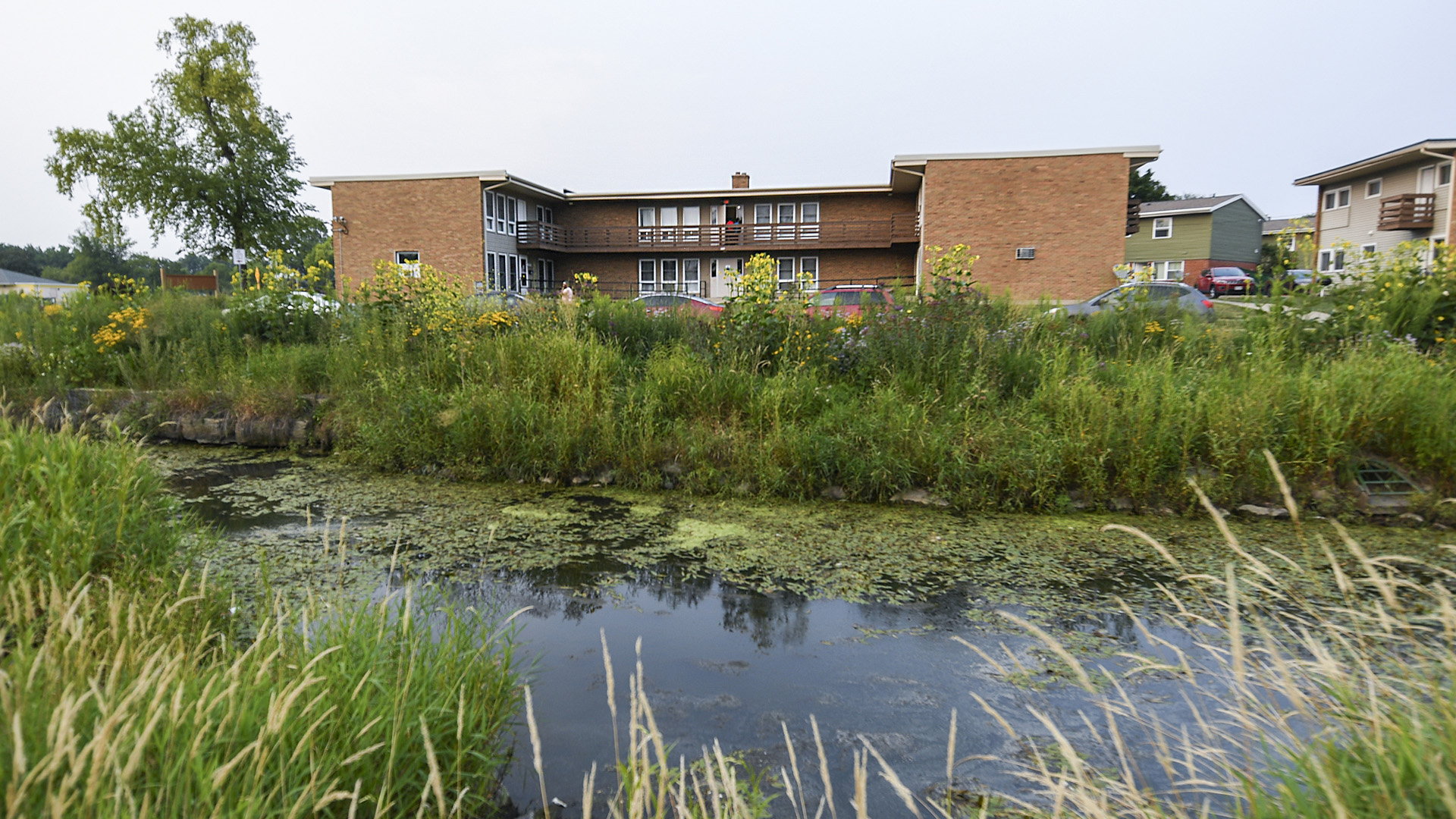
A housing complex is shown near Starkweather Creek in the Darbo-Worthington neighborhood in Madison, on Aug. 3, 2021. The creek contains some of Wisconsin’s most polluted waters. The Wisconsin Department of Natural Resources added Starkweather Creek to its impaired waters list in 1998 due to low levels of dissolved oxygen in the water, sediment and toxic metals. The agency has since documented impairments from chloride, E. coli and PFOS — one in a group of hazardous human-made substances collectively known as PFAS. (Credit: Isaac Wasserman / Wisconsin Watch)
Despite Dane County’s initial steps toward addressing Starkweather Creek’s pollution and engaging the public on the issue, awareness of the problem remains mixed among anglers, recreational users and other residents, Wisconsin Watch found. Some say local officials should act more urgently.
“I feel disappointed and sad about not knowing what is affecting our health,” Galvin said.
Pollution complaints span decades
Formed by retreating glaciers that left a mix of oak savannah, prairie and nearly 4,000 acres of wetlands, the 24-square mile Starkweather Creek Watershed saw dramatic change in the decades after European immigrants began settling in Madison. The creek was filled, dredged, channeled and fashioned into a drainage system for local farms. Later, industry, stores and homes sent wastewater in it.
Most of the watershed’s wetlands were drained or filled for development. Sediment and debris choke the cree’s bottom and shoreline, and its lower reach acts as a stormwater channel for Madison’s East Side — catching a stew of pollutants.
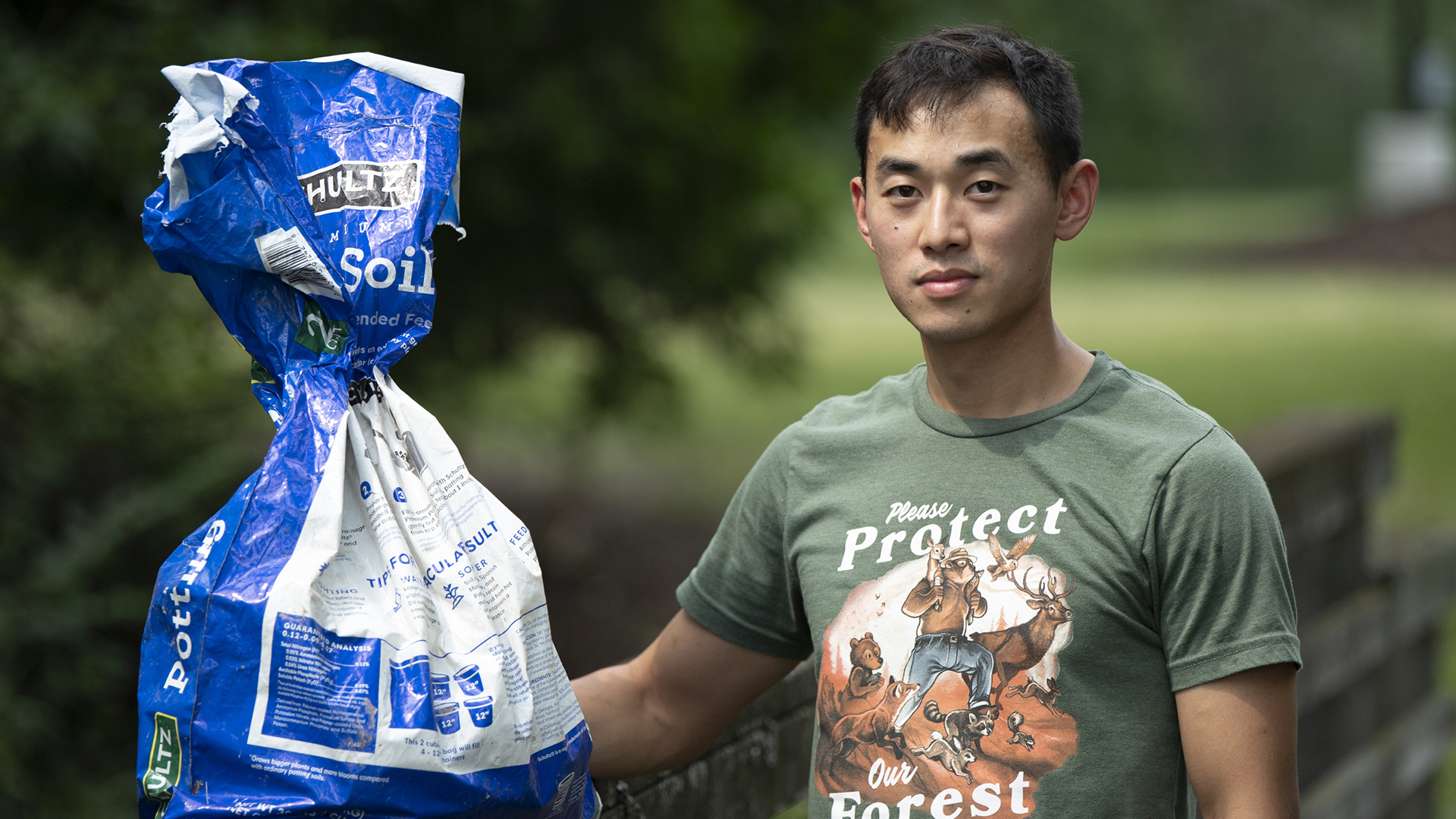
Touyeng Xiong stands with trash that he collected near Starkweather Creek’s path through the Truax neighborhood. Xiong, who grew up in the neighborhood, says he did not know about the extent of the creek’s PFAS contamination until he began working with the Midwest Environmental Justice Organization, a Madison-based nonprofit. PFAS are sometimes called “forever chemicals” because of how they accumulate in the body and persist in the environment. Xiong expects that he has ingested PFAS from the Starkweather Creek crayfish that he caught and ate when he was younger. Xiong says local officials should work more urgently to rehabilitate the creek. “I think they do care,” he says. “But they are trying to push it off as far as they can.” Photo taken on July 28, 2021. (Credit: Isaac Wasserman / Wisconsin Watch)
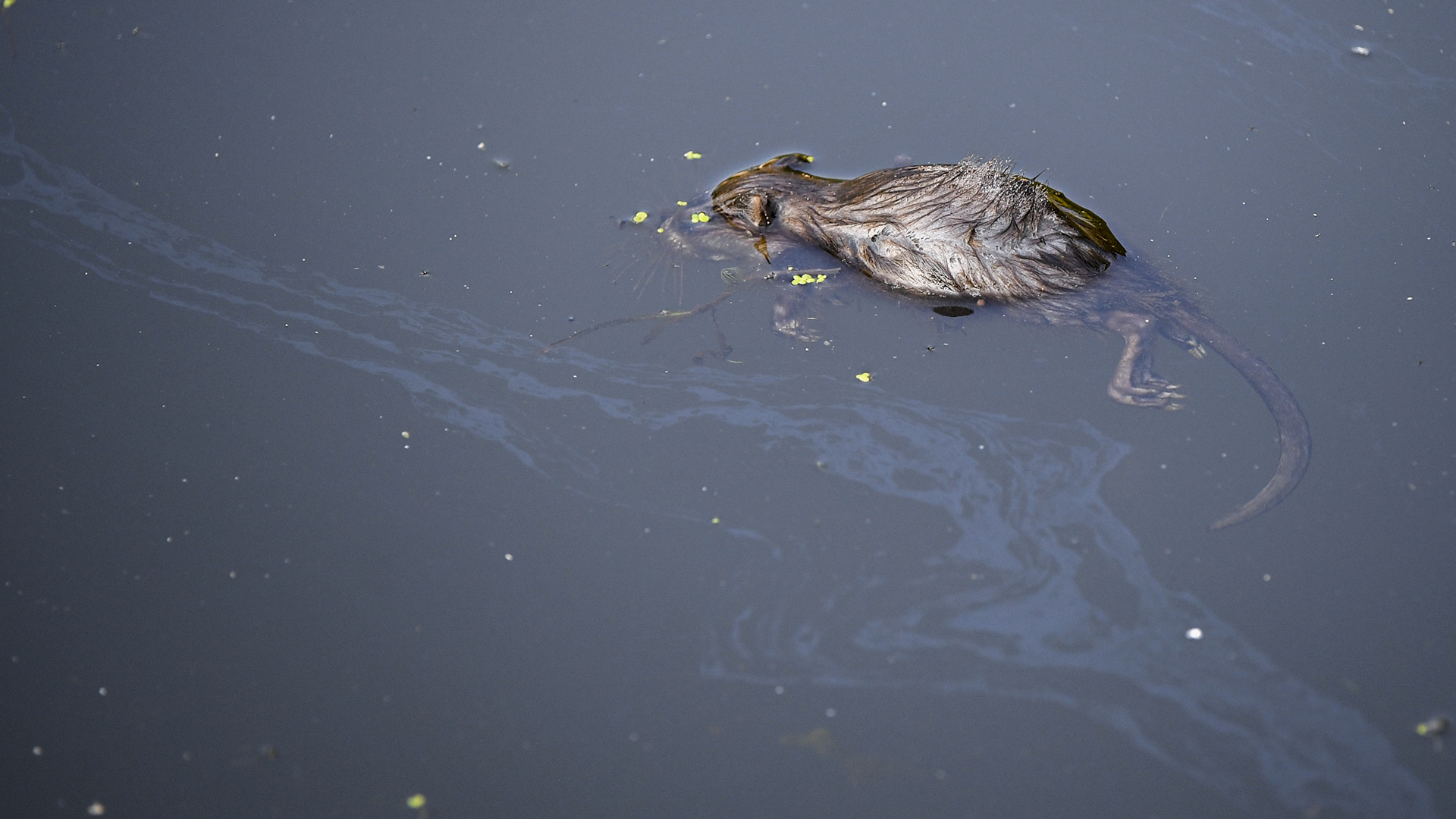
A dead rodent floats on the surface of Starkweather Creek at the Olbrich Park Boat Launch in Madison on July 20, 2021. Sediment and debris choke the creek’s bottom and shoreline, and its lower reach acts as a stormwater channel for Madison’s East Side. (Credit: Isaac Wasserman / Wisconsin Watch)
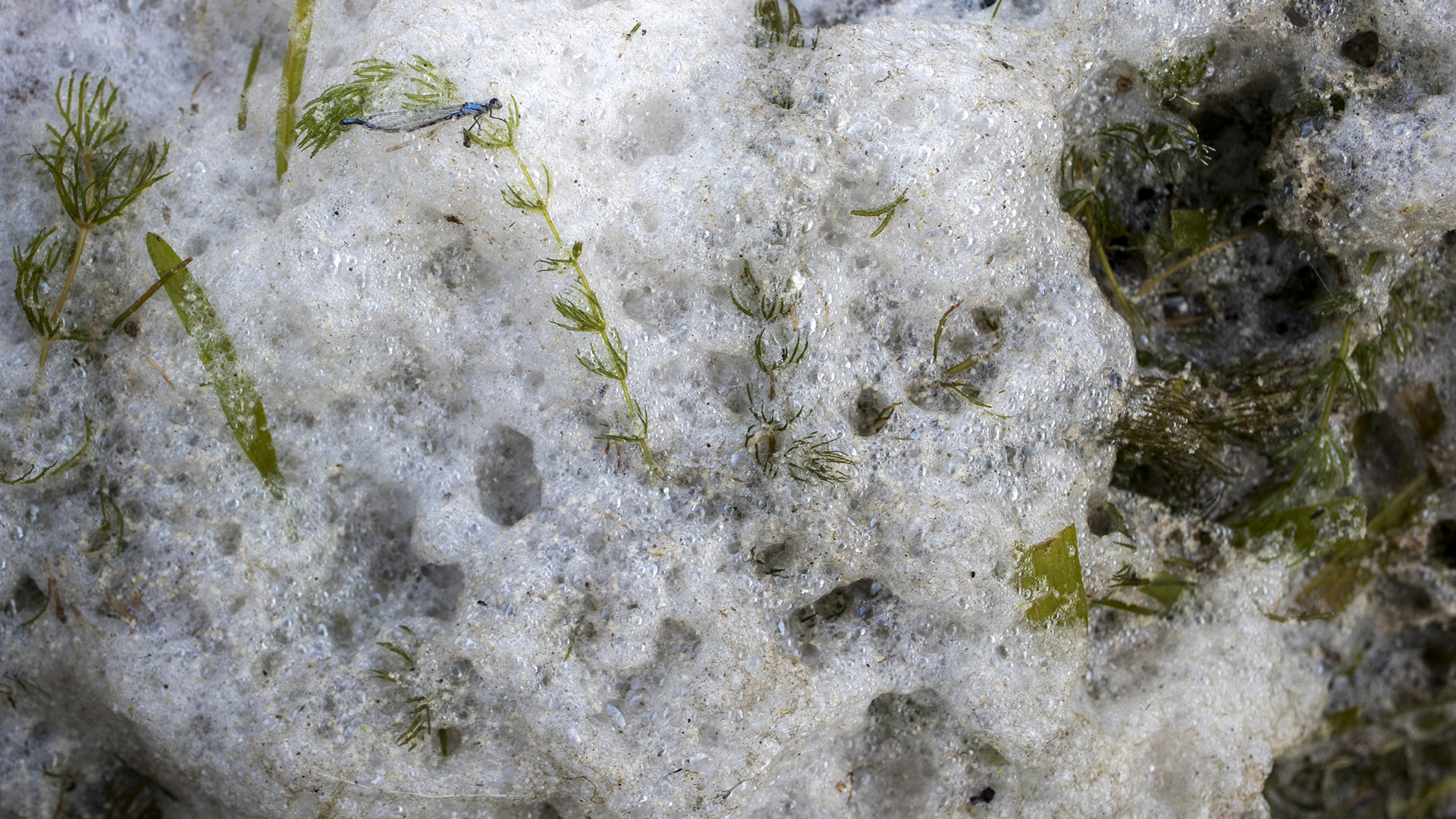
Foam is seen at Olbrich Park in Madison where PFAS-tainted Starkweather Creek enters Lake Monona. Public Health Madison and Dane County has warned residents not to swallow the foam — or allow their pets to do so. (Credit: Isaac Wasserman / Wisconsin Watch)
The DNR first added Starkweather Creek to its impaired waters list in 1998 due to low levels of dissolved oxygen in the water, sediment and toxic metals. The agency has since documented chloride, E. coli and PFOS impairments. But pollution frustration swirled around the creek even decades earlier.
“What’s the use of complaining? It’s been this way for years,” one local woman told the Cap Times in a 1967 story lamenting the algae-covered creek’s putrid stench. “Nobody’s going to do anything about it.”
More than half a century later, Public Health Madison and Dane County posted signs along the creek warning residents not to drink its water or swallow its foam due to PFAS — and to keep their pets out. “Many fish from this body of water are not safe to eat more than once a month,” the signs warn.
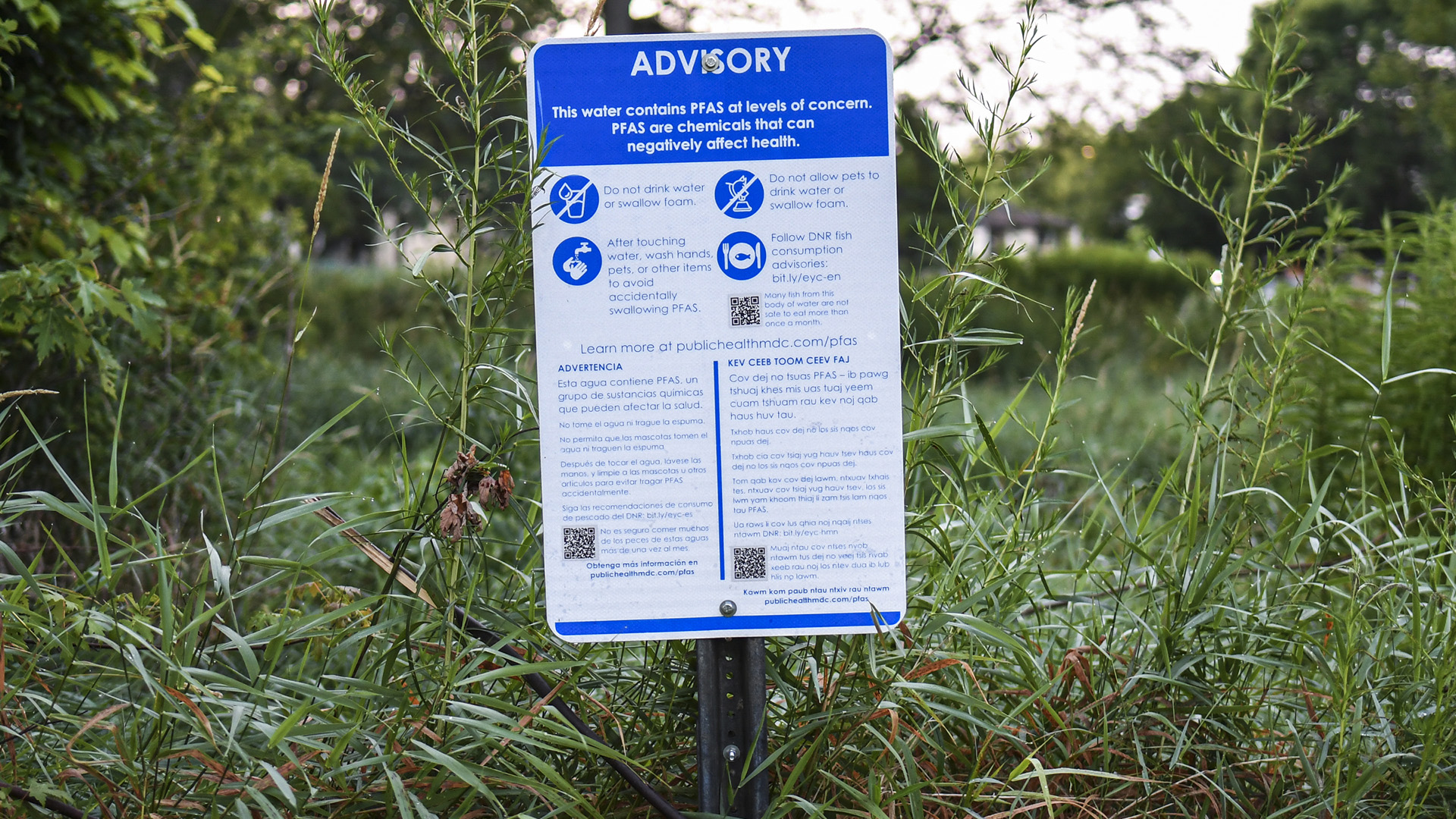
A sign warning of PFAS risks in Starkweather Creek in Madison is posted along the creek at McCormick Park on July 20, 2021. Starkweather Creek is contaminated with PFAS, a group of human-made “forever chemicals” that accumulate in the body and persist in the environment without fully breaking down. Research has linked the substances to low birth weights, immune system challenges, thyroid problems, certain cancers and more. (Credit: Isaac Wasserman / Wisconsin Watch)
The DNR has identified Truax Field Air National Guard Base and Dane County Regional Airport as known sources of PFAS in the creek. That’s due to the chemical-laced firefighting foam used on site. The DNR is continuing to investigate other potential sources of contamination.
Dane County Regional Airport continues to use firefighting foam containing PFAS, although it is exploring alternatives, said Kim Jones, its director, at a Dane County Regional Airport Commission community webinar about PFAS in August.
The Federal Aviation Administration requires airports to use firefighting foams that meet certain specifications — and contain PFAS, but Congress in 2018 ordered the agency to allow non-fluorinated foams by October of 2021. The FAA will likely ask to extend that deadline as it continues to search for effective alternatives, Jones said.
The Zoom webinar in August was the commission’s first public meeting dedicated to the issue, although the topic has come up at other meetings, Jones said. It came two years after the DNR first flagged the PFAS contamination and linked it to the airport. Jones said the airport plans to boost public engagement on PFAS and encouraged concerned residents to explore PFAS-related information on the airport’s website.

Randall Mohammed fishes where Starkweather Creek empties into Lake Monona in Olbrich Park in Madison during a humid afternoon on Aug. 2, 2021. “This is one of my favorite places to be,” Mohammed says. “I love this creek.” Mohammed grew up near the creek and has fished it for as long as he can remember. He used to occasionally eat the fish he caught but stopped doing so after hearing about pollution in the creek, which he says has changed over the years. “The one thing I have noticed is an increasingly high rate of fish that are,” Mohammed says, pausing: “I don’t even know. They look like they have cancer or something. Weird big white blotches and growths.” He worries that some anglers still eat the fish without knowing their potential hazards. (Credit: Isaac Wasserman / Wisconsin Watch)

Stoni Hawkins, left, and Terriyah Moss play in Starkweather Creek at the Olbrich Park boat launch in Madison on Aug. 16, 2021. Though Terriyah and her family often boat on the lakes, they rarely swim in Madison’s waterways due to pollution. “I have always heard there were issues with the lakes here in Madison, Wisconsin, but I guess I didn’t realize the extent of the danger of them,” says Terriyah’s mother, Tammy Moss. (Credit: Isaac Wasserman / Wisconsin Watch)
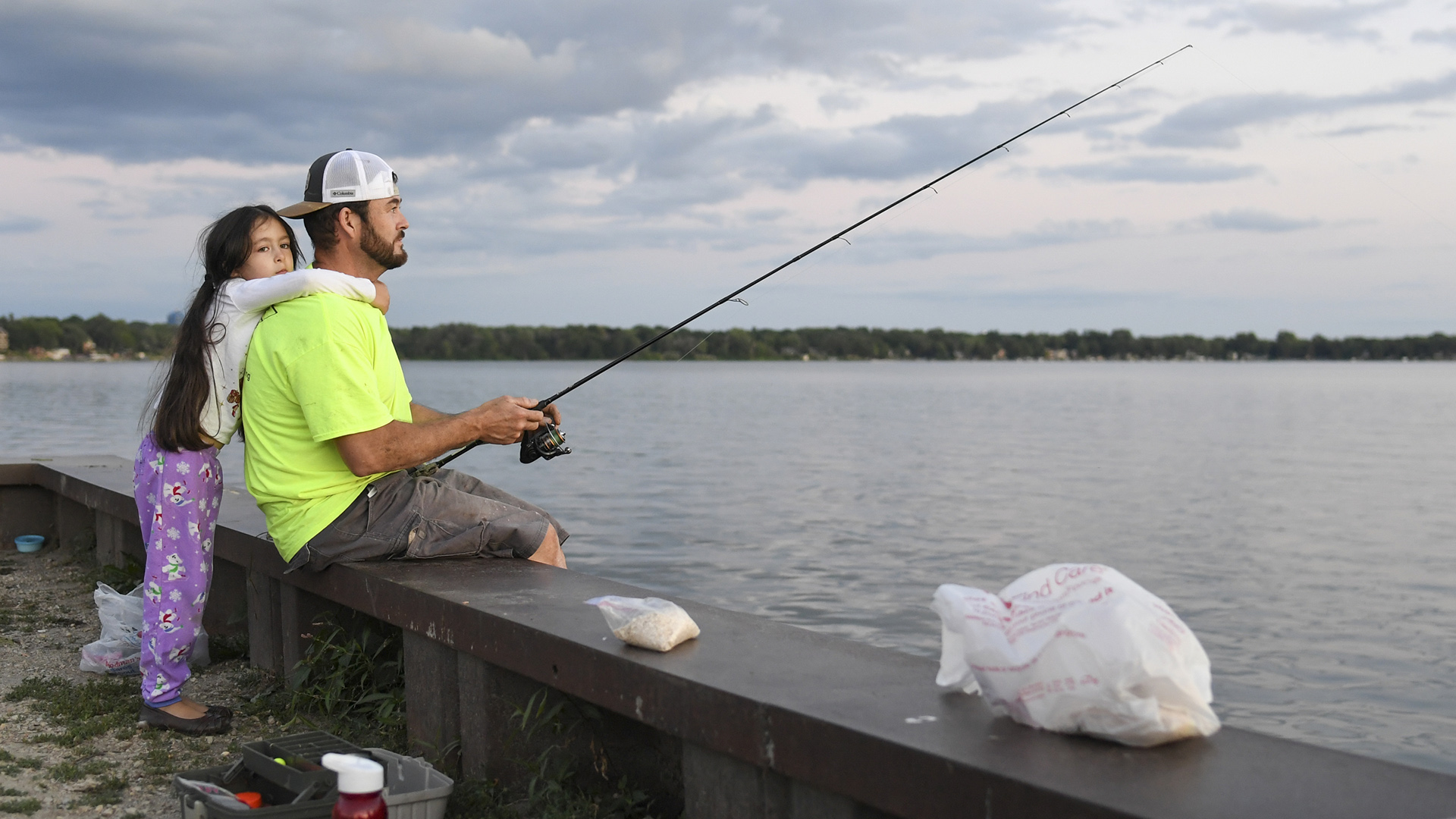
Daniel Estrada fishes with his daughter, Isabella Estrada, where Starkweather Creek enters Lake Monona in Madison on Aug. 2, 2021. Estrada lives nearby and enjoys fishing the creek — occasionally bringing home notable catches to eat. Estrada says he understood that the creek was polluted but was not specifically aware of PFAS contamination until a reporter mentioned it. The Wisconsin Department of Natural Resources has released a consumption advisory for fish in Starkweather Creek and Lake Monona due to PFAS. Bluegill are safe to eat once per week, the advisory says, while largemouth bass, northern pike and walleye and yellow perch are safe to eat only once per month. (Credit: Isaac Wasserman / Wisconsin Watch)
Meanwhile, Dane County Executive Joe Parisi said the county aims to secure funding and work with the airport and other polluters to clean up the watershed.
“We absolutely need to do everything we can to address what is on our property,” he told Wisconsin Watch. “We can’t assume that the only PFAS entering Starkweather is coming from the airport. That is a highly industrial area down there. I think it’s important that the DNR … make a full-faith effort to look into all of the potential sources.”
Aside from posting warning signs, the county has held public meetings about the contamination and sent letters to homes around Starkweather Creek.
At the state level, Democratic Gov. Tony Evers has pushed to strengthen Wisconsin’s statewide response to PFAS but faced Republican resistance. The Legislature’s Joint Finance Committee eliminated several Evers proposals from this year’s state budget, including measures to regulate PFAS, add 11 DNR scientists focused on contamination and create a grant program for communities tackling pollution.
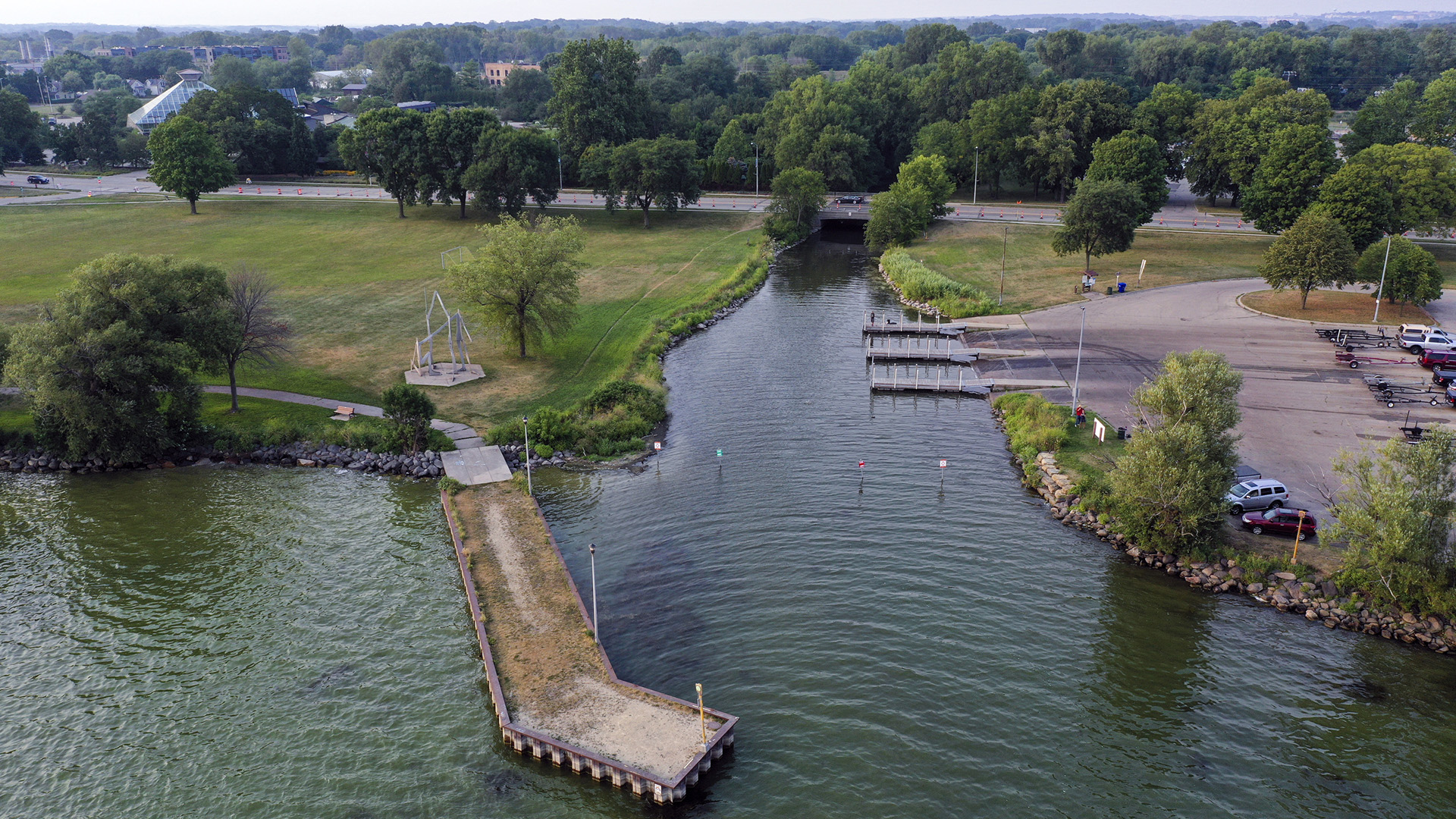
Starkweather Creek is seen emptying into Lake Monona near the Olbrich Park boat launch in Madison, on Aug. 4, 2021. The creek is contaminated with high levels of hazardous PFAS, human-made substances used to manufacture everything from cookware with non-stick coatings to food packaging and firefighting foam. (Credit: Coburn Dukehart and Isaac Wasserman / Wisconsin Watch)
Homesly says those with power to clean up the creek should put themselves in the shoes of those who live around it.
“Treat it like they would treat it if it was in their neighborhood, in their family and their kids’ health,” Homesly said. “Something has to be done immediately.”
The nonprofit Wisconsin Watch collaborates with WPR, PBS Wisconsin, other news media and the UW-Madison School of Journalism and Mass Communication. All works created, published, posted or disseminated by Wisconsin Watch do not necessarily reflect the views or opinions of UW-Madison or any of its affiliates.
 Passport
Passport






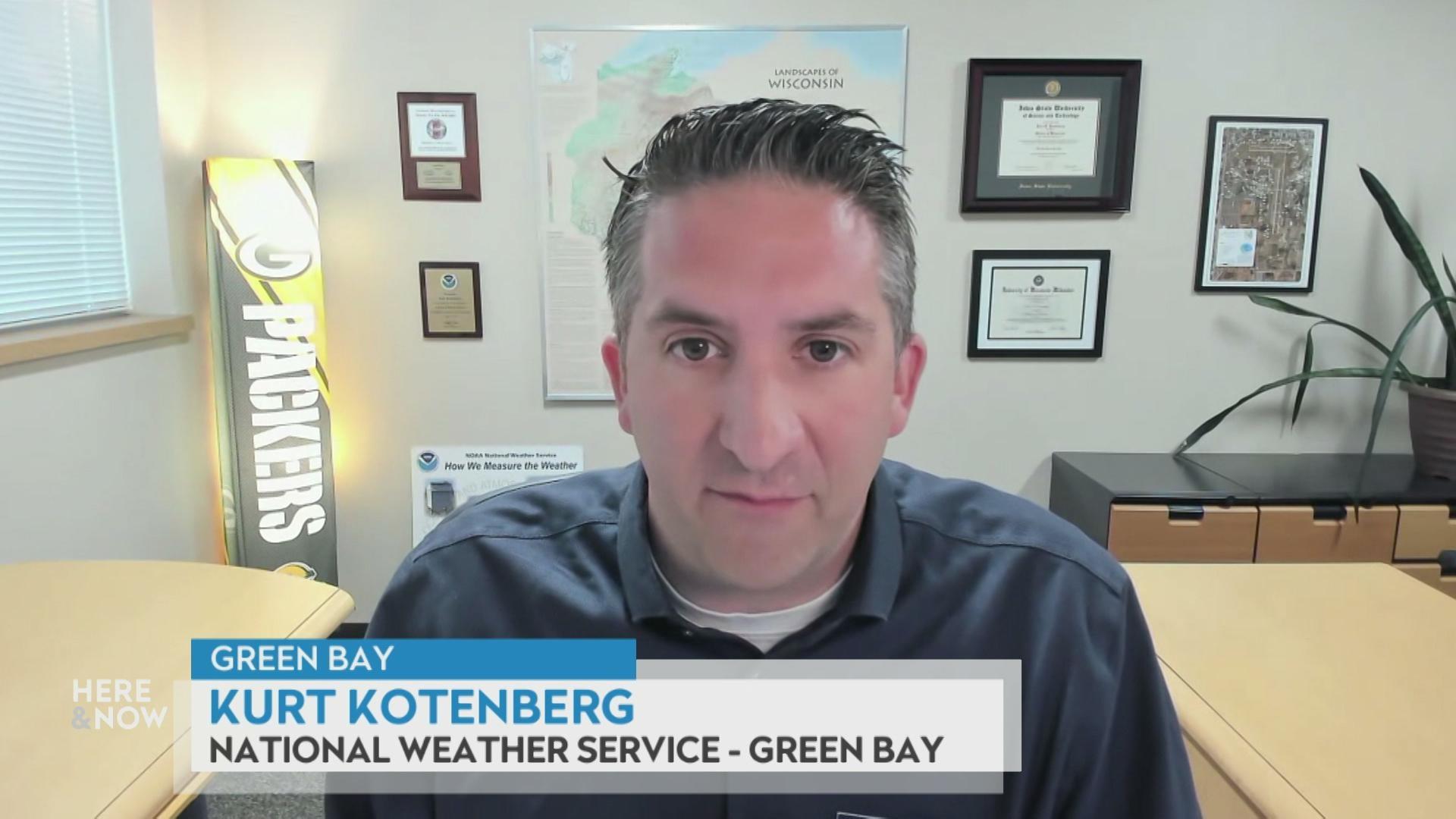
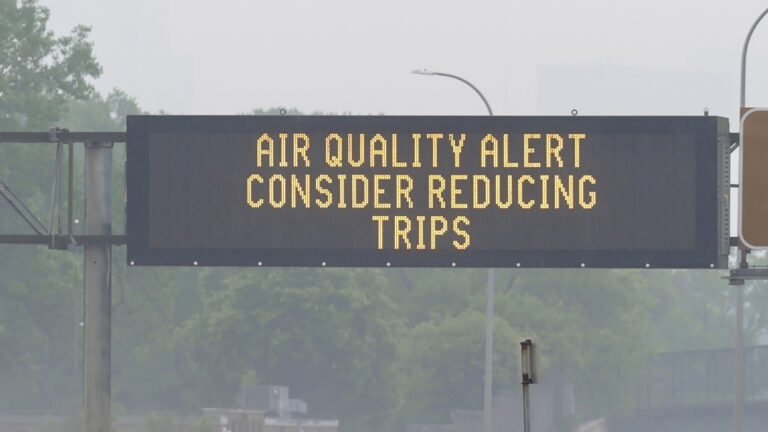

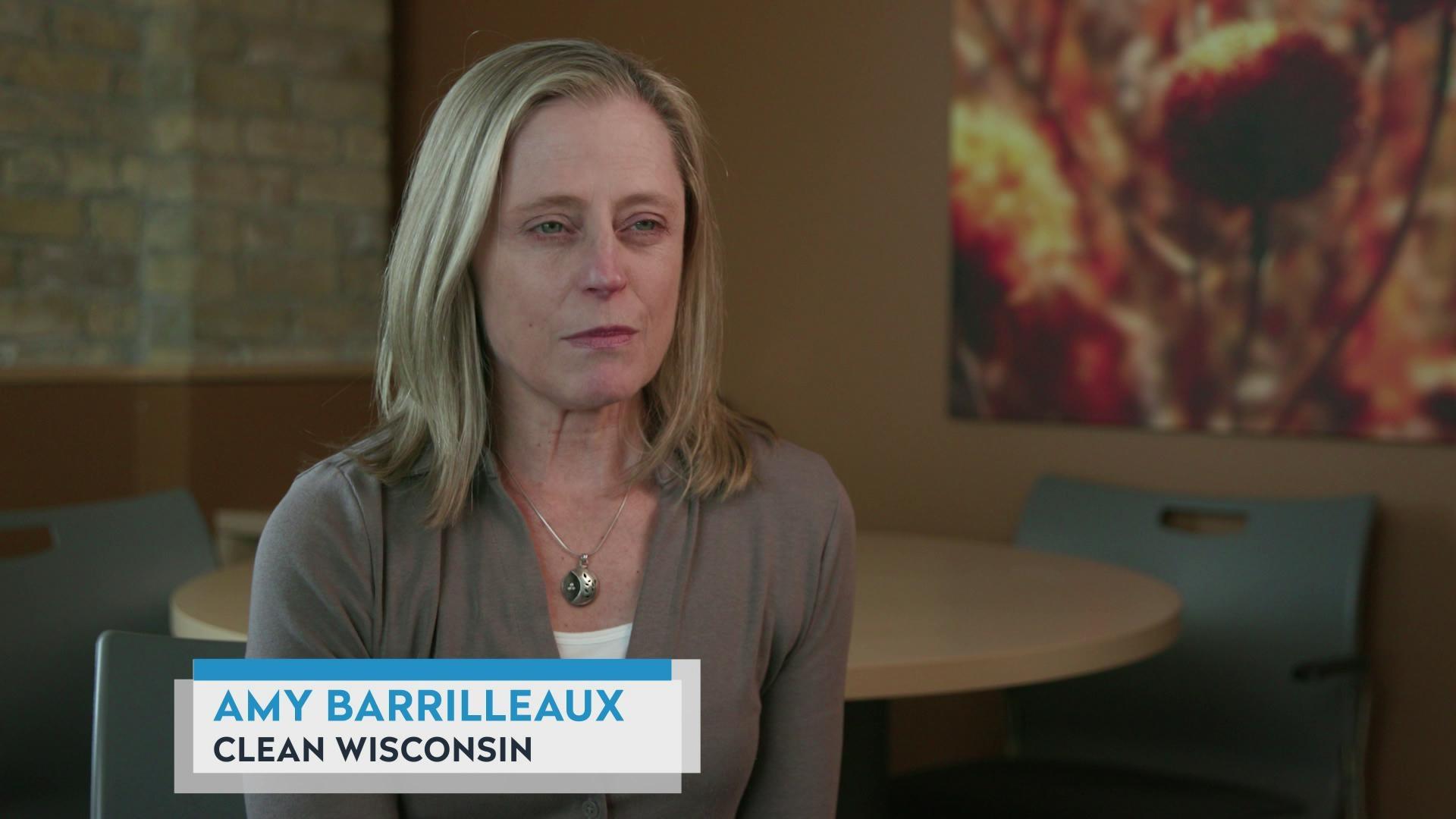

Follow Us